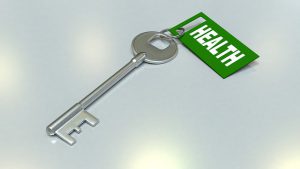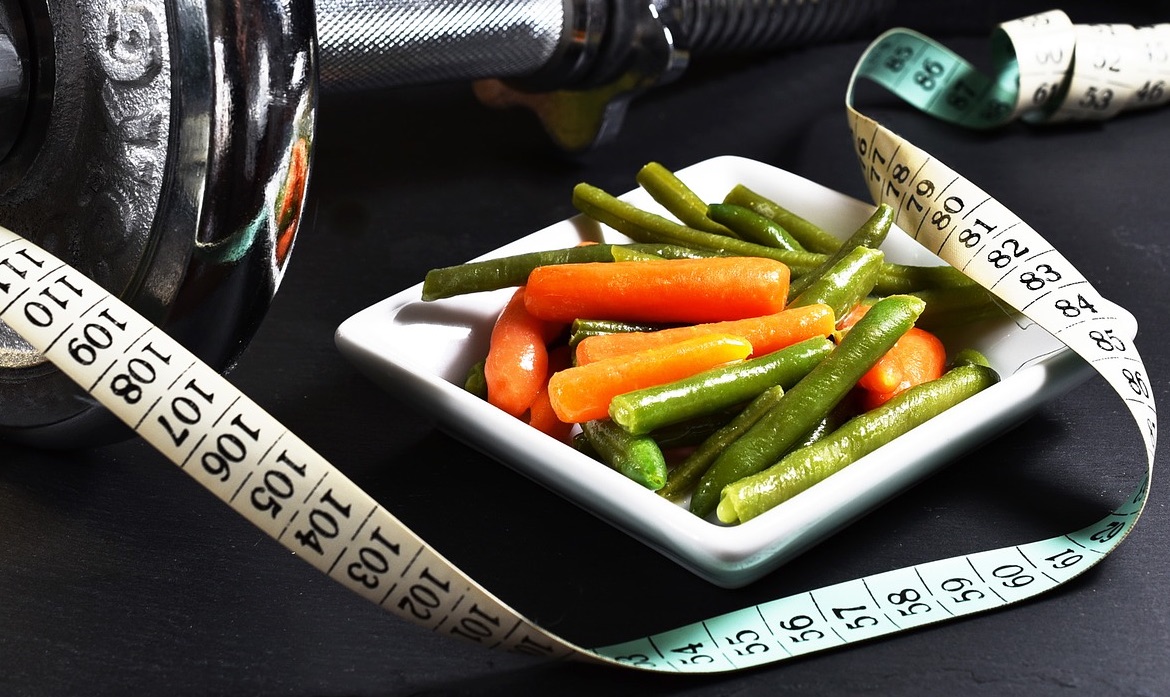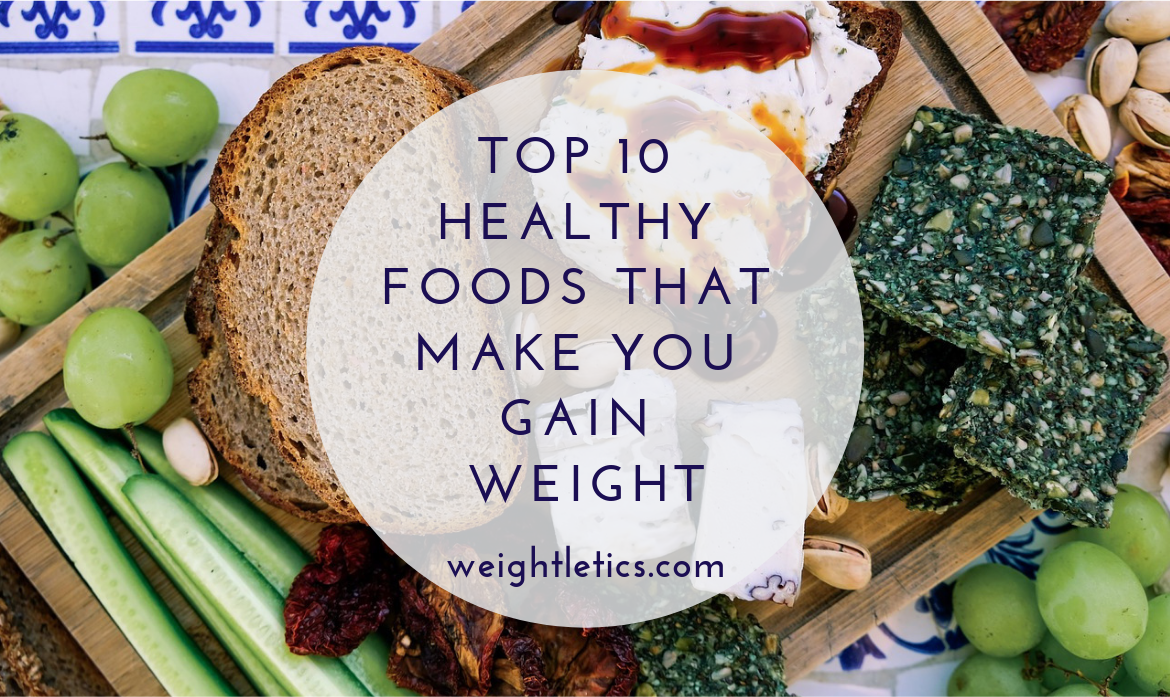There are so many invented and tested diets and it’s very hard to know which one can help you to get rid of the extra kilos.
Many times you have to try the diet to see if it gets results or not. Besides lifestyle, the way how your metabolism works depends on the results.
Before starting a diet plan to lose weight, contact a nutritionist. The nutritionist will recommend you the suitable diet for you which will give you all the nutrients your body needs.
DASH diet
What means DASH? Dietary Approaches to Stop Hypertension. This diet was designated the best diet to lose weight in 2017. This can can prevent the diabetes occurrence and cardiac diseases.
This diet is easy to follow whit excellent results in losing weight.
This diet was developed for the persons with high blood pressure, but the diet is very efficient for the persons who want to lose weight. I particularly liked this diet, the only downside for me is that some light meat and dairy products are allowed.
As a raw vegan, I follow this diet, eliminating the meat.
The diet reduces the so called “bad cholesterol” and “burn” fat very easily. That’s why it could prevent the diabetes occurrence and cardiac diseases.
The aliments rich in potassium should be consumed: bananas, oranges, watermelon, kiwi, nuts, seeds.
Every day, we should eat 4-5 fruits, 2 portions of whole grains. We should eliminate the sweets and salt. Avoid products with sodium excess and cans food.

Frustrations on losing weight diets
You have tried to lose weight and you are frustrated. Maybe you bought an exercises book which promises weight loss immediately but you think it’s complicated and give up.
Maybe you will argue that your friends are eating a lot and are still skinny because they have a more active metabolism.
At least one thing is true: your skinny friends probably burn calories more efficient than you.
The amount of food which you eat do not determine the weight loss or fattening.
Even the studies proved that over weighted persons are not eating more than their normal weighted friends.
This means that the weight is determinate by something else instead of how much food you eat.
The today’s article is about losing weight plan on the long run.
Calories in and out
Many diets and exercises plans have a scientific base and the results are on short term, but the plan which I will share with you is simple, needs short time from your schedule but with long run results and a healthy losing weight.
There are 4 variables which define the equation of weight loss and fattening. Let’s see how we can use these variables in your favour.
Everybody know if you are eating more calories than your body consuming, you gain weight.
If you have the same weight means what that the calories eaten and consumed are in balance.
To lose weight, the number of calories which enter in your body should be less than the consumed ones.
The calories which enter in the body are all you eat in a day:
- your breakfast coffee and toasted bread
- 10 o’clock fruit
- lunch
- juice, yogurt in the afternoon
- sweets, cheese or other tempting foods from your office colleagues
- dinner
- ice cream, pizza, beer late in the evening
Now, the exit calories. It’s a bit more complicated, but it’s important. It’s the total amount of the burned calories in one day through 3 processes:
1. Rest metabolism – 60 – 75 percentage of the burned calories are from the maintaining the body tissues when resting. I think now you understand when you say that somebody has a high or low metabolism.
Your body burns the vast majority of the calories when paused, so it’s in your interest to transform it a burning calories machine.
2. Physical exercise – 15 – 30 percentage from the daily used calories are coming from exercising. This means, gym sessions, running, different workouts, climbing stairs.
3. Food thermal effect – almost 10 percentage of your daily calories are necessary to digest the food, deposit what you eat.
For an efficient weight losing you should concentrate on:

Variable 1 – How much you are eating
It’s not rocket science to understand that the number of consumed calories decide your weight.
In the last 100 years, the number of consumed calories was reduced with 400 daily calories/person. If you make a short calculation, you will expect like modern persons to weight less than the people from 1900.
But, contrary, we are heavier and fat.
And why? Physical inactivity and not diet played the big role in the gained fat. This is leading us to variable number 2.
Variable 2 – How much you are burning when rest
This is very important. How we can burn constantly more calories no matter if you are laying on a couch or doing some home cleaning?
Simple: increase the active body tissue, namely muscles.
The fat is a tissue which doesn’t need maintenance, it’s just there. But what you need is tissue which is hard to maintain.
The muscles are requiring constant calories. The more muscles you have the more calories you’ll burn per day.
Cardio exercises are helping, of course.
Losing weight with a diet will determine decreasing of the muscular tissue and of the metabolism when resting.

Variable 3 – How much you are exercising
When you lose one pound of tissue (except for water loss), that pound can be fat, weak tissue, muscle or a combination of the two.
When you lose weight only through diet, a greater percentage of the loss will be from the muscle than if you lose weight through a combination of modest calorie reduction and physical activity.
A pioneering study looked at the effects of diet alone, exercise alone, or a combination of both.
Weight loss is not automatically equal to fat loss, you may lose muscle!
Variable 4 – How much you are burning through digestion
While most gained or lost weight is not determined by this variable, the thermal effect of eating can make a difference on long-term, in weight control.
One, breakfast increases resting metabolism by almost 10 percent.
Two, exercise after a meal increases the thermal effect of eating, in many cases, almost twice. This means that the calories you burn from food are increased if you exercise after the meal.
Your commitment on the long run
1. Decrease the number of calories you consume with a modest amount – about 250-500 calories a day.
Do this either by removing a regular meal or by cutting the size of your usual portion with everything you eat about 10-20 percent.
But whatever you do, just eat breakfast.
2. Exercise for 20-30 minutes 6 days a week.
Do resistance training (weights, flotations, squats, etc.) and endurance training (walking, running, cycling, etc.) on alternate days.
Resistance training should include nearly 20 sets of exercises consisting of 8-12 repetitions.
These can be 20 different exercises, 2 sets of 10 different exercises, or 3 sets of 7 different exercises.
Aerobic activity should be moderate to moderate-high.
Force to walk faster or ride the bike faster, anytime you can.

3. If your body can handle, go for a walk after having a meal, for about one hour.
Perhaps you will not see the loss of 2-3 pounds a week that other programs promote, but think of it as a merit diploma.
Your weight will not be based on weight of water or protein loss, but rather on fat loss and increased metabolism that will support weight loss.
Engage 6 months in this way of life and than appreciate the results. You will be impressed.
Be sure to share your thoughts in the comments below! I’m excited to hear your opinions.
If you like this article and you are interested in losing weight in healthy manner, I recommend reading the other articles:
- Easy vegan diet plan for weight loss – are you ready to follow?
- Juicing recipes for weight loss – is it really working?
- Lose weight with yoga at home – A personal approach




Hey,
Great article, very thorough and informative.
I really need to lose weight. I have tried a few diets and with exercise but I always seem to give up on them.
What keeps you committed?
Tom
Hi Tom,
Thank you for your comment. I like what I see when I look in the mirror and I want to keep this 🙂 I was suspected as having high blood pressure and the perspective of taking medication for whole life was not very appealing. So I decided to lose weight and now it’s just a routine.
Stay healthy!
Dieting is a lifestyle change. I find that if I can consume less than 1800 calories a day, I will lose weight. But that is my challenge. I try to watch what I eat and your article is spot on about the food for each of the diets. I’m not goo on the exercise stuff, but I do get out for walks from time to time. Great information and very informative. Thaks
I had never heard of this diet plan before. Thank you for all the information, so informative! I just had a baby and am looking to loose the baby weight, this is now on my list of diets to look into 🙂
~Janelle
I’m glad that I’m on your list and I do hope to help you.
Pass by with a comment and let me know about your progress.
Great article Dany. My mother has been trying to lose weight for some time now and she always seems to hit the plateau and then cant seem to push beyond it.
Is continuing to reduce calories the only way to bust past it? Seems a bit unhealthy to me hence the question. thanks!
Thanks, Vivek for you comment. I know, the plateau. In this stage you just have to push a bit harder. For example, instead walking 30 minutes, walk 1h for couple of days, but continue with your healthy diet, do not cheat 🙂
Stay healthy!
I’ve never been one to follow a diet. I just know that I need to eat lesser and exercise more. I also avoid junk foods and sugary drinks as much as possible. Thanks for sharing.
I agree, Yvonne. Exercise more and take care of what we eat is the key to keep us in shape.
Thanks for your visit and comment.
Stay healthy!
Hi Dany, thanks for an informative and inspiring article. I find that if I take a step towards a healthier lifestyle, I become more motivated to take more positive steps and to keep going.
I didn’t know that you use most of your calories in the resting state, that’s really surprising!
Thank you for showing us the way to lose fat and become healthier – gain more muscle, eat a little less calories per day, and alternate resistance exercises with endurance exercises. I shall be getting my Cindy Crawford workout video out once again!
Thank you very much!
Michelle
Thanks Michelle for your kind words. I do hope that the provided info will be useful for you. Can you share more info about Cindy Crawford video? I’m curious what I missed 🙂
Thanks for your visit and comment and do come back with a comment and let me know about your progress.
Stay healthy!
Hi Dany, yes of course I can share more info! It’s my all-time favourite workout video – although it’s about 20 years old, I’ve found it keeps me toned and fit and never fails. It was probably my best kept secret :D. It’s called Cindy Crawford Shape Your Body. It’s on DVD. Look it up! 🙂
Thanks a lot, Michelle! I will look for it! 🙂